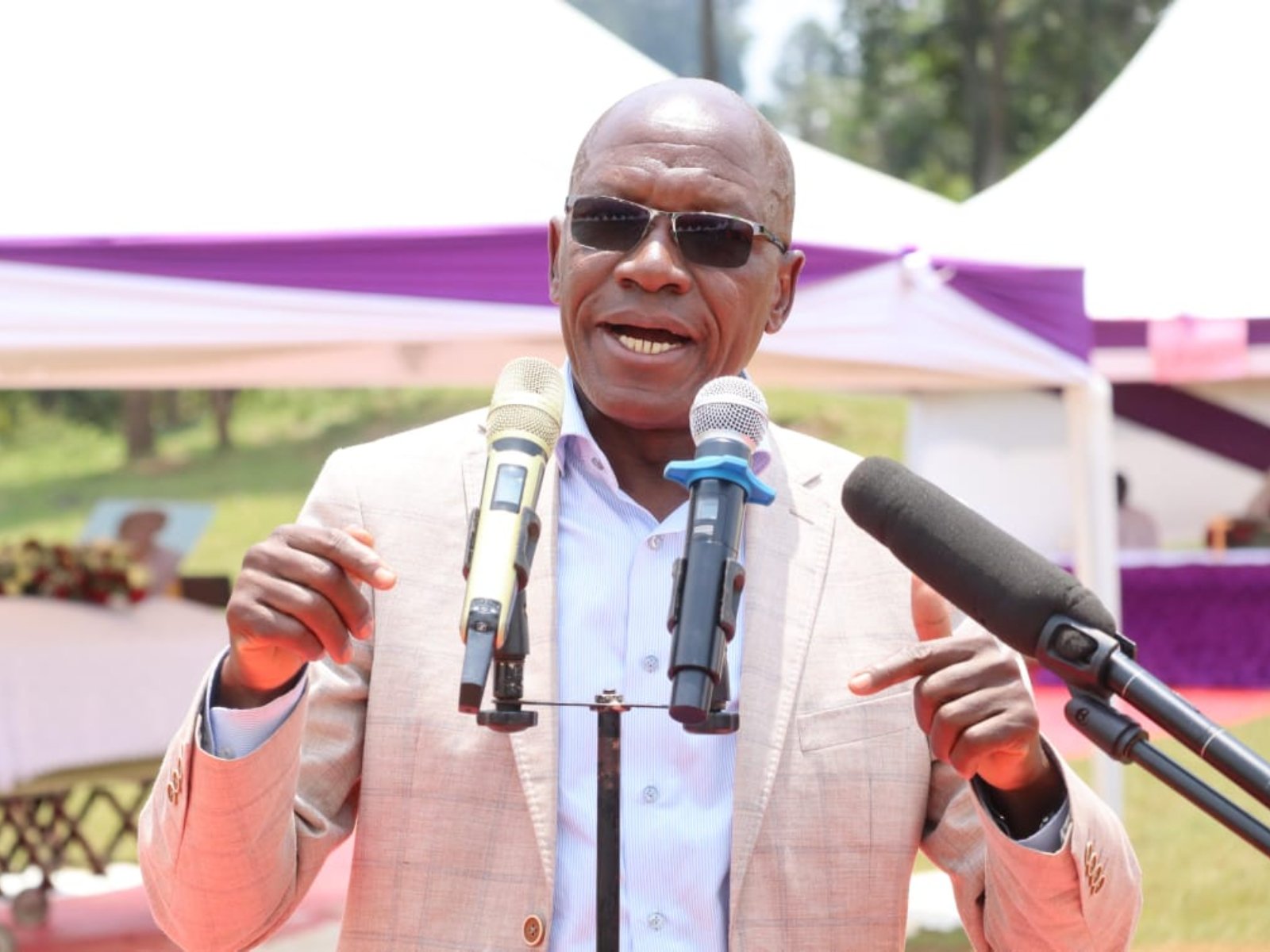Weak shilling to hit Kenyans’ pockets harder

The shilling has hit a new low against the US dollar to stand at average of Sh150 against the greenback, signaling tougher times ahead for Kenyan consumers given that the country is a net importer of numerous products.
While the shilling stabilised temporarily yesterday as Diaspora remittance inflows matched manufacturing and energy sector demand, commercial banks quoted it at 150.00/20 buying and Sh154 selling, with some banks quoting the dollar at a high of Sh156 amid speculations that the local currency might cross Sh160 psychological barrier sooner rather than later.
The current exchange rate means the shilling has lost 17.8 per cent of its value against the dollar since the beginning of the year.
Central Bank Governor Kamau Thugge yesterday said the shilling had been overvalued for over six years, raising concerns of further depreciation. Earlier, Thugge had hinted that CBK would allow the shilling to find its market value in a free economy. His remarks yesterday raised concerns that the fall of the shilling was far from over.
“For several years, we have had an artificial exchange rate, that over valuation became obvious last year,” Thugge told Citizen TV in an interview, revisiting the position he had espoused last month.
According to him, the previous administration had artificially maintained a stronger shilling, effectively sacrificing the country’s foreign exchange reserves. The move, aimed at propping up the currency’s value, while seemingly beneficial in the short term, has had severe consequences in the long run.
“If you go back five to six years ago, there was debate on whether the exchange rate was overvalued. In fact, the IMF said the shilling was over valued by 25 per cent,” he said yesterday. The implications of a weakened shilling are far-reaching and multifaceted. One of the most immediate effects is the impact on the cost of living.
Since Kenya is a net importer of goods, as the shilling weakens, the prices of imported goods and services will rise correspondingly.
Kenyan consumers are already feeling the pinch as they grapple with high prices for essential commodities like cooking oil, wheat and pharmaceuticals, partially due to the prevailing high exchange rate.
A weaker shilling will also have profound implications for the country’s debt servicing since nearly all of Kenya’s foreign debts are denominated in foreign currencies. A weaker shilling will mean that the government will pay more for every Dollar, Yuan or Yen borrowed.
In addition, fuel prices and the cost of electricity will go up since Kenya imports all its fuels, with prices adjusted monthly. The next adjustment is less than three weeks away. Fuel cost increases spill over to reflect in higher transport costs and contributes to a general increase in the prices of the basket of goods used to measure the cost of living, including food and beverages.
And as the festive season kicks in, consumers of products like electronics, vehicles and imported luxury goods, such as perfumes, hair and beauty products and fashion accessories will also feel a bigger pinch as they will have to spend more on the imports.
On the converse, exporters, such as tea, coffee and horticulture farmers and agri-businesses will benefit as they will earn more shillings per dollar for their products.
“While the decline is favourable for Kenya in terms of exports, it is unfavourable when considering the forex risk implication on the debt servicing charges of the external loans,” warned the Institute of Economics Affairs in a public finance analysis.
To put the decline of the shilling into perspective, the think tanks said the repayment of $1 loan by the end of March this year was 1.25 times higher compared to the beginning of 2021. This means that at Sh150 against the greenback, the cost of loan servicing has since grown significantly and will continue growing as long as the shilling keeps depreciating.
Among those who had tried to warn that the shilling was over-valued is former Amana Capital chief investment officer Reginald Kadzutu who said in 2019 that the country was operating a managed shilling rather than a free-floating currency.
‘’The shilling’s exchange rate, which was at 72 against the dollar in 2009 is now at Sh100. This represents 20 per cent devaluation, meaning the shilling is overvalued by 30 per cent,’’ Kadzutu said while unveiling a report Dubbed ‘Kenya’s Economic Puzzle’, which supported the IMF view on the shilling. His views were however dismissed by the Central Bank of Kenya at the time.
Kadzutu, a Zimbabwean, had said that while the consumer price index, which was at Sh97 in 2009, it had soared to Sh192. This, according to him, meant that Kenyans were spending Sh192 to buy what could be bought at Sh97 ten years earlier, translating to 50 per cent devaluation of purchasing power.
With the value now declining month-on-month, Central Bank and the government are now faced with the tough task of striking a delicate balance between stabilising the local currency’s value and addressing the rising economic challenges that have been further complicated by global geopolitics and the Bretton Woods increasing influence in Kenya’s fiscal and monetary policy.
The biggest challenge will be for the government to manage the country’s foreign debt to ensure that it remains sustainable in the face of potential currency devaluation and growing pressure to ensure it has enough reserves to retire maturing debts, including the Eurobond due mid next year.
Reporting by John Otini, Fred Aminga and Mbugua Ng’ang’a










